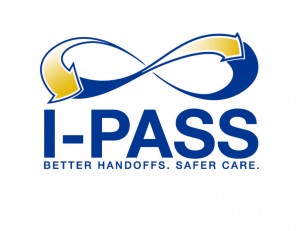If miscommunication has been recognized as one of the main causes of medical errors and preventable adverse events, the work of Amy Starmer and colleagues Changes in Medical Errors after Implementation of a Handoff Program allow us to have concrete elements on how the improvement of handoff of information between physician and patient significantly reduces the percentage of these errors and events.
 This study’s aim is that of finding and experimenting a practical approach permitting to improve the handoff of information, and so that of systematically analyze experimentation’s results.
This study’s aim is that of finding and experimenting a practical approach permitting to improve the handoff of information, and so that of systematically analyze experimentation’s results.
The study was proposed in nine hospital in USA, and considered the measurement of medical error and preventable adverse event rate, in relation to miscommunication problems. In practice, used tools was a mnemonic to standardize oral and written communication, a training on physician-patient handoffs, an implementation and observation faculty program, and a sustainability campaign.
Study’s results are explicit: using the proposed tools allows a 23% reduction of medical errors rate, from pre-intervention to post-intervention period; furthermore, the preventable adverse events rate has been reduced of 30%.
This results can be read under the Narrative Medicine light too: investing in the communication improvement, in the tools offered by Narrative Medicine and Medical Humanities, not only is convenient from an health sustainability point of view, but allows the Healthcare System to be of quality, excellence. Knowing how to listen to people in front of us and correctly and precisely communicate permits to prevent medical errors and adverse events, while recognizing the importance of patients’ narratives and the moral value of caregiving.
